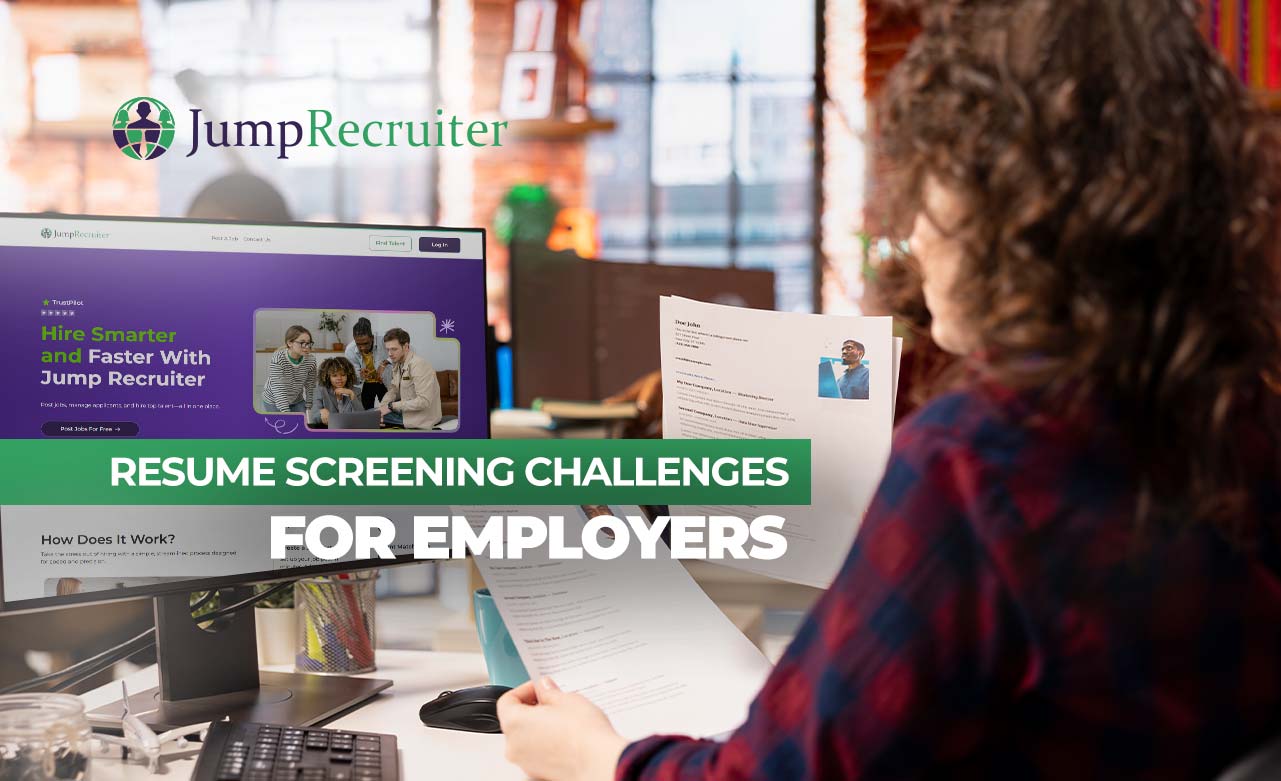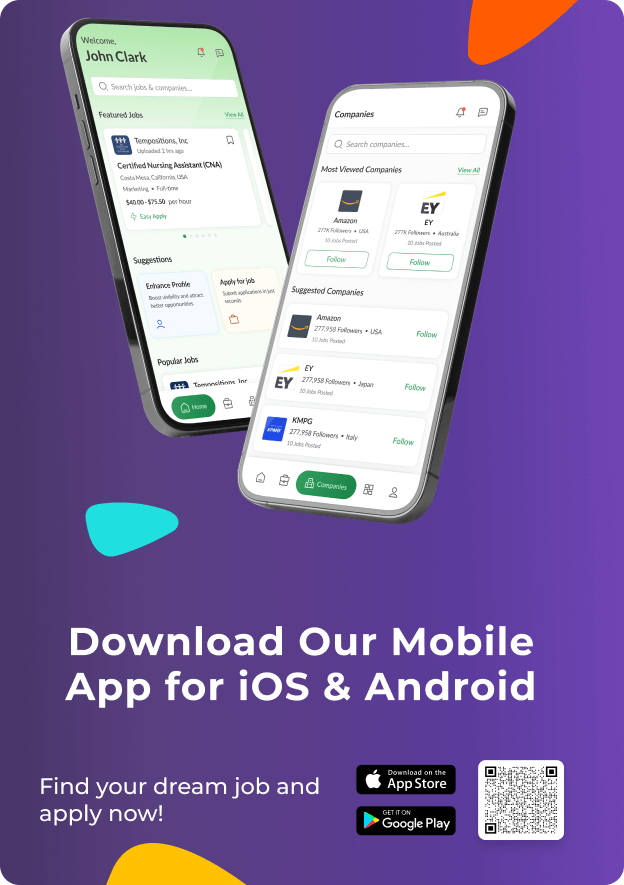Hiring delays often result in companies losing their top candidates. In fact, research shows that strong applicants usually accept other offers within ten days, yet many employers still take weeks to reach a decision. Every extra step, whether it is an additional interview, a slow response, or even a vague job description, gives competitors the chance to step in first.
Faster hiring, however, does not mean lowering standards. Instead, it means removing barriers and focusing only on what truly matters. Employers who measure the correct data know precisely where the process slows down. Metrics such as time-to-hire, offer acceptance rate, and cycle times at each stage make it easier to identify bottlenecks that can be corrected.
Technology is another key part of the solution. For example, applicant tracking systems, self-scheduling platforms, and video assessments automate tasks that typically require hours of manual effort. At the same time, building talent pipelines, keeping silver-medal candidates engaged, and encouraging referrals help employers begin each search with a strong head start.
Candidate experience also plays a significant role. Quick updates, shorter applications, and mobile-friendly processes keep applicants engaged until the final offer is made. When recruiters and hiring managers follow clear timelines and act together as a team, decisions move faster without harming quality.
This blog explores how process efficiency, metrics, automation, talent pools, and better candidate experience help employers cut time-to-hire while still making strong hiring choices.
Why Faster Recruitment Matters?
Speed in hiring changes outcomes at many levels. At the business level, every day without the right person slows progress. Projects pause, service quality drops, and teams carry extra pressure. By reducing time-to-hire, companies close these gaps and protect overall performance.
Candidate behavior makes the case even stronger. Skilled professionals expect quick action and clear communication. When updates drag or interviews stretch out, they often read it as poor organization. As a result, many accept other offers before a slower employer reaches the final stage. Acting with pace shows intent and builds confidence in the company.
Competition also raises the stakes. Many firms chase the same skills at the same time. The one who decides faster secures talent first. A well-planned and straightforward process becomes a real advantage in crowded markets.
Internal flow depends on speed as well. Recruiters, managers, and HR teams save hours when they follow agreed timelines. Service level agreements for resume reviews, interview feedback, and final decisions keep work moving. When the inside process runs smoothly, outside hiring speeds up too.
Faster recruitment also reduces costs. Each delay adds more to advertising, sourcing, and even overtime for staff covering gaps. Streamlined hiring cuts these expenses while still keeping standards high.
In short, speed is not just about efficiency. It boosts business results, enhances trust with candidates, gives a competitive edge, and reduces hidden costs. Employers who commit to speed treat recruitment as a strategic driver, not just an administrative task.
Track Key Metrics to Identify Delays
Recruitment moves only as quickly as its slowest stage. Employers who measure the correct numbers see where time slips away and where action is needed. Metrics turn hiring from a guessing game into a process that can be improved with focus.
Time-to-Fill vs. Time-to-Hire
Time-to-fill counts the total days from posting a job until it is closed. Time-to-hire looks at the days from a candidate entering the pipeline until they accept an offer. Both highlight different parts of the process. A long time-to-fill often points to weak sourcing or unclear job design. A long time-to-hire usually signals delays after candidates are engaged. Tracking both provides employers with a comprehensive picture of efficiency.
Stage-Wise Cycle Time
Breaking the process into clear stages shows exactly where bottlenecks appear. Count the average time spent on sourcing, screening, interviews, and offer approvals. For instance, if interviews stretch into weeks, consider reducing the number of rounds or scheduling them more quickly. If screening creates the holdup, adjust filters or add automation. Stage-level tracking enables precise improvements instead of random ones.
Offer Acceptance Rate and Drop-Off Points
A weak acceptance rate signals issues at the final step. Candidates may feel that the process dragged or that the offer was not attractive. High drop-offs earlier in the funnel often indicate poor communication, unclear applications, or a weak user experience. Monitoring these signals enables employers to address issues before top talent is lost.
The Value of Metrics
Metrics act as a compass for faster hiring. By tracking time-to-fill, stage cycle times, and acceptance rates, employers see the real story behind delays. With this clarity, they can take steps that cut wasted time and keep strong candidates engaged.
Streamline the Recruitment Process
Hiring often slows down because of process clutter. When employers cut waste and follow clear rules, they make quicker and more confident decisions. Streamlining focuses attention on steps that add value and eliminates those that create unnecessary delays.
Cut Unnecessary Interview Rounds and Steps
Too many interviews drain time and frustrate candidates. They also increase the chance of losing strong talent to a faster competitor. Limit interviews to what truly tests skills and fit. Whenever possible, combine panels rather than stretching them across weeks. Every round should serve a purpose and end with a clear decision.
Use Structured Scorecards for Faster Decisions
Unstructured interviews often yield scattered opinions and lengthy debates. Scorecards address this issue by providing interviewers with shared criteria to evaluate candidates. As a result, feedback becomes clear, consistent, and easier to compare. With structured notes, managers can reach fair decisions in hours instead of dragging them out for days.
Empower Hiring Managers to Act Quickly
Recruiters often wait for managers to confirm the next move. Delays multiply when managers hesitate or lack authority. Equip them with tools and clear boundaries so they can make decisions more quickly. Pre-set budgets, decision guidelines, and authority to approve offers reduce back-and-forth. Quick action also shows candidates that the company values efficiency.
Run Parallel Stages (Screen While Sourcing)
Many teams wait until sourcing ends before starting screenings, and this slows everything down. A better approach is to run stages in parallel. While recruiters continue to source fresh applicants, they can screen the first batch right away. This way, strong candidates move forward sooner, interviews start earlier, and the overall process shortens.
Streamlined hiring reduces friction for both employers and candidates. With lean steps, structured decisions, and overlapping timelines, recruitment gains speed without losing quality.
Use Technology and Automation
Manual tasks slow down hiring at every stage. Employers who adopt the right tools save time and remove delays. Technology automates repetitive work, allowing recruiters to focus more on individuals than on paperwork.
Applicant Tracking Systems (ATS) for Workflow Speed
An ATS helps organize resumes, track applicants, and manage communication in one place. Recruiters can sort candidates quickly and move them through stages without losing track. It also keeps records clean, which reduces errors and confusion across teams.
Automated Screening and Resume Parsing
Reviewing piles and stacks of resumes one by one consumes hours. As the world advances, utilizing automated screening or resume parsing tools can help you save time. This will not only assist in highlighting the candidates meeting basic criteria but also provide you a detailed list of skills, education, and experience in a structured format. Moreover, this shortens the review stage, giving recruiters more time to focus on strong applicants.
Self-Scheduling Tools for Interviews
Scheduling is one of the most common delays in hiring. Self-scheduling tools allow candidates to select from available slots independently. This eliminates lengthy email exchanges and accelerates the interview process. It also creates a smoother, more convenient experience for candidates.
Video and One-Way Interviews to Reduce Delays
Video or webcam interviews help managers and recruiters connect with candidates without travel or location limits. One-way interviews allow applicants to record their answers at any time that suits them. On the other hand, recruiters can review those responses on their availability. This flexibility cuts scheduling issues and speeds up the first round of screenings.
E-Signatures for Faster Offer Approvals
Paper contracts and physical signatures often add days to the hiring timeline. E-signature platforms remove that barrier. Offers can be signed in minutes, even when parties are in different locations. This helps maintain momentum when a candidate is ready to accept.
Using technology wisely makes hiring faster and more accurate. With automation in place, recruiters can reduce delays, make more informed decisions, and keep candidates engaged throughout the entire process.
Write Clear Job Descriptions Upfront
A clear job description sets the pace for the entire hiring process. When expectations are written in simple and specific terms, recruiters can source candidates more efficiently, and candidates can assess their own fit with greater accuracy. Clear direction at the start prevents confusion later.
Define Must-Have vs. Nice-to-Have Skills
You need to define must-have and nice-to-have skills first. Skills like complex skills are mandatory to mention as these represent your expertise. If you do not give the proper weight to this point, it may affect your chances of getting hired. Employers generally do not hire by listing excessive requirements. Therefore, try to define the preferred and relevant skills needed for successful hiring.
Avoid Overly Restrictive Requirements During Sourcing
As an employer, you must avoid strict requirements because they push aside talented candidates even before they apply to the job. For instance, it is highly unprofessional to demand 10 years of experience when a shorter tenure may be sufficient for any role. Instead of this, employers should focus on the actual requirements of the role rather than inflated numbers. Realistic criteria make sourcing faster and increase the odds of finding the right talent.
Make Postings Keyword-Rich and Easy to Find
Job seekers search with specific terms. If your posting lacks those keywords, it may not reach them at all. Use the exact words candidates type—standard job titles, key skills, and clear responsibilities. A keyword-rich posting ranks higher on job boards and search engines. It also improves visibility for both active and passive candidates.
Strong job descriptions form the foundation of faster recruitment. They guide recruiters, attract the right applicants, and reduce wasted time with mismatched profiles.
Candidate Experience
A seamless candidate experience can accelerate hiring as much as any tool or system. When applicants feel respected and well-informed, they remain engaged. This lowers drop-offs and shortens the entire timeline.
Provide Fast, Transparent Updates
Silence from recruiters is one of the main reasons candidates walk away. Timely updates keep them interested and reduce the risk of losing them to competing offers. Even a brief message about progress shows professionalism and builds trust.
Simplify Application Forms
Lengthy forms often deter candidates before they even complete an application. Therefore, you should keep forms concise and focused on essentials, such as contact details, core skills, and work history. Request additional information later in the process. This makes it easier for qualified candidates to join the pipeline quickly.
Ensure Mobile-Friendly Processes
Many candidates use their phones to search and apply for jobs. If the application system is not mobile-friendly, a large share of talent will drop off. A simple, responsive design allows people to use at any time without frustration. That slight improvement speeds up sourcing and raises completion rates.
Respect Candidate Time with Prompt Feedback
Each stage of recruitment should value the candidate’s time. Long waits after interviews or unclear feedback send a message of poor organization. Quick, direct responses show efficiency and keep candidates engaged. Respect builds goodwill, even when the outcome is a rejection.
Candidate experience is more than courtesy. It directly shapes recruitment speed, engagement, and offer acceptance. A process that values the candidate’s time helps employers secure talent faster and with less risk of losing them midway.
Assessment & Screening Tools
Assessments can speed up recruitment when they are used with a clear goal. They filter large candidate pools and highlight the strongest matches early. With the right tools, recruiters cut wasted time on interviews with applicants who are not a fit.
Skills-Based Tests
Practical tests demonstrate whether a candidate can effectively handle the job. They replace guesswork with evidence. A short coding exercise, writing task, or sales role-play reveals ability much faster than multiple interview rounds. Keep these tests focused and relevant so they measure the skills that truly matter without stretching the process.
Screening Questionnaires
Short and straightforward questionnaires save recruiters hours of review. Adding direct questions can confirm the basics, such as availability, work eligibility, or key skills. As an employer, using questionnaires can help you quickly filter out mismatched applicants and save your time.
AI-Powered Matching
AI tools can scan resumes and compare them against job requirements. They highlight intense matches and flag candidates who deserve closer review. Used with care, this reduces the time spent on early resume screening. However, employers should always pair AI results with human judgment to avoid bias and ensure fair choices.
Assessments should bring clarity, not add complexity. When tools are concise, focused, and aligned with the role, they eliminate delays and foster confidence in the final decision. A streamlined screening process enables the right candidates to move forward, making hiring faster while maintaining quality.
Implementation Roadmap
Speeding up recruitment is most effective when changes follow a clear plan. A roadmap makes sure improvements last and that teams move forward together.
Audit the Current Process
Begin with a complete review. Measure the time spent at every stage, from sourcing to final offers. Identify the bottlenecks that create the biggest delays.
Identify the Biggest Delays
Next, focus on steps that take time but add little value. Common examples include extra interview rounds, slow feedback, and manual scheduling. You can identify these areas and fix earliest to cut cost on energy and time.
Pilot Improvements in One Unit
Test new tools or workflows in a single department before making wide changes. You can go for self-scheduling tools instead, or reduce the interview rounds. It is necessary to track the outcomes carefully before rolling out the candidates from the company.
Scale and Refine Continuously
Once a pilot delivers results, expand it to other teams. You should review the metrics to confirm progress, as minor, regular adjustments maintain speed and prevent quality from slipping.
Quick Checklist for Employers
- Measure time-to-fill, time-to-hire, and stage cycle times
- Cut or merge steps that add little value
- Pilot new tools in one department first
- Roll out changes in phases
- Keep tracking metrics for ongoing improvement
A structured roadmap turns quick fixes into lasting progress. Employers achieve both speed and consistency in hiring by following clear steps, conducting small pilots, and maintaining constant tracking.
Conclusion
Recruitment speed often decides who secures the best talent. Employers who act with focus fill roles faster, reduce costs, and keep candidates engaged until the offer stage. The path is clear: track the right metrics, eliminate delays, utilize automation, and maintain simple communication.
Fast hiring, however, does not mean careless hiring. It means creating a process that values time, respects candidates, and supports managers with the proper structure. Companies that master this balance stand out from slower rivals and secure the skills they need when it matters most.
Jump Recruiter makes this balance easier to achieve. It helps employers create error-free job postings, streamline the application process, and manage candidates in one place. The platform enables teams to post jobs, track applicants, and transition seamlessly from sourcing to offers without unnecessary friction.
If you want to shorten your hiring cycle and secure top candidates before the competition, start with Jump Recruiter today.






